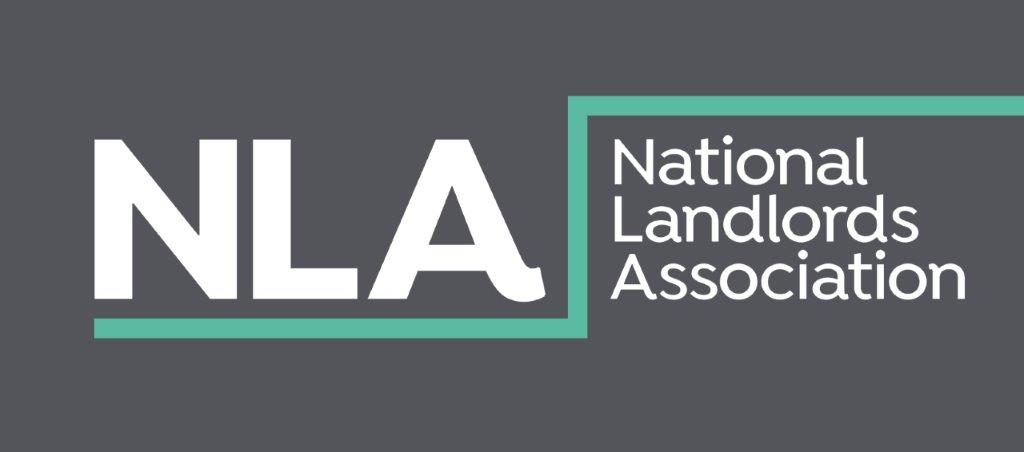
The Help to Buy scheme is a government initiative designed to help first time buyers get on the property ladder without having a large deposit. There are various different schemes under the UK government’s Help to Buy umbrella, which are aimed at different people depending on their circumstances. We’ll take a closer look at all of them in this guide.
Help to Buy Equity Loan (England)
The Help to Buy Equity Loan scheme is only applicable in England and can only be used to purchase new build homes, which can be worth up to £600,000. The scheme works like this:
Step 1: The purchaser needs to have a deposit of 5% of the overall cost of the property.
Step 2: The government lends the purchaser up to 20% of the property’s value as an equity loan.
Step 3: The purchaser takes out a mortgage on the rest of property’s value. This means that if you have a 5% deposit and your equity loan was 20%, you’d take out a mortgage of 75%.
For the first five years after you’ve taken out the loan, it is interest free and all you have to pay is a £1 monthly management fee by direct debit. From year six onwards you continue to pay the monthly management fee and begin paying a monthly interest fee of 1.75% of the equity loan. The interest fee rises in April each year by the Retail Price Index (RPI) plus 1% until you repay your loan.
The current scheme for homes under the current scheme to be finished in order to comply with the current scheme was 31 December 2020, but due to the coronavirus pandemic, this deadline will be moved to 28 February 2021. Applicants should be aware that the deadline for legal completion of the sale remains the same – March 2021.
London Help to Buy Equity Loan
The Help to Buy Equity Loan for people living in London works the same as for those in the rest of the country, but they are able to borrow 40% of the property price from the government instead of 20%. This is designed to reflect the hugely expensive property prices in London and means people living in the area can buy a property with just 55% loan-to-value.
Help to Buy Scotland
Scotland Wales operate their own Help to Buy schemes, which are similar to England’s offering. Northern Ireland does not currently have a similar scheme in operation.
The Help to Buy (Scotland) Affordable New Build scheme requires that you have a deposit of 5% and that your deposit and mortgage must cover a combined minimum of 85% of the purchase price. The Scottish Government then takes a stake of 15% of the purchase price and holds security over this proportion until you own your home outright or decide to sell. You can also repay the government to increase your share of the equity in increments of 5% each time. The maximum value of the property you can purchase is £200,000 and must be used as your main residence, so you can’t use the scheme to purchase a buy-to-let investment.
Help to Buy Shared Ownership
The Help to Buy Shared Ownership scheme offers the chance to buy a share of a property, usually between 25% and 75% of the value. You then pay rent on the remaining share, and can buy bigger shares in the property as and when you can afford it. A housing association owns the remaining share of the property. There are rules on who can buy a home through Help to Buy Shared Ownership schemes:
- Your household must earn £80,000 a year or less outside London, or earn £90,000 a year or less in London.
- You are a first time buyer, you used to own a home but can’t afford to buy a new one, or an existing shared owner wishing to move.
People with Disabilities
If you have a disability you can apply for the Home Ownership for People with Long-Term Disabilities scheme (HOLD). This is for people who can’t find homes that meet their needs available through other home ownership schemes, for example properties that are on the ground floor.
Elderly People
If you’re aged 55 or over you can apply for help from the Older People’s Shared Ownership scheme. It works exactly the same as the general Shared Ownership scheme, but you can only buy up to 75% of a home. However, once you own the 75% you don’t have to pay rent on the remaining share.
Help to Buy ISA
The Help to Buy ISA is a tax-free saving account specifically aimed at people saving to buy their first home. For every £200 put into the ISA, the government adds an extra £50, up to a maximum bonus of £3,000. This is paid to your solicitor when your first property purchase completes.
Help to Buy ISA closed to new applicants in November 2019, but people who have existing accounts can continue to save until December 2030. They will still receive the 25% bonus when completing their purchase.
New Home Owners and Coronavirus
Though the coronavirus pandemic has made buying a new home tricker in some respects, for example due to a lack of mortgage availability, in others it has made it easier. The stamp duty threshold has been raised from £300,000 to £500,000. This has contributed to a mini boom in the property market, with property website Rightmove finding that July 2020 was the busiest month for home buying since they started tracking data ten years ago. Raising the stamp duty threshold will mainly be of benefit for people purchasing in places where property is most expensive, for example London and the South East.
There are plenty of schemes available to help you get a foot on the property ladder or make a move into a new home. They vary depending on the area you live in, and take into account the huge differences in property prices found around the country. Though the housing market is currently volatile due to Covid-19, the schemes are still available to help make your house purchase much more available.











